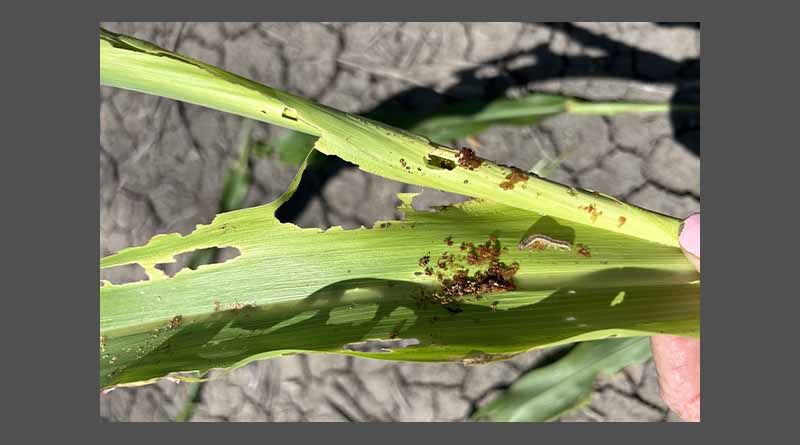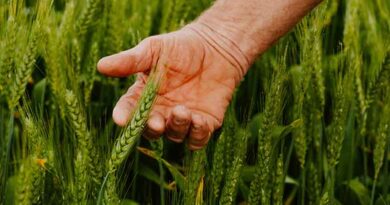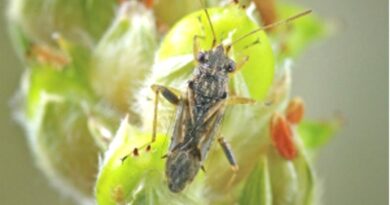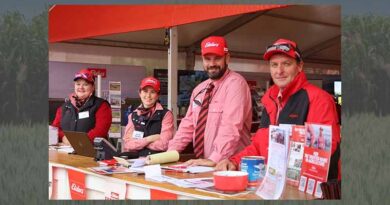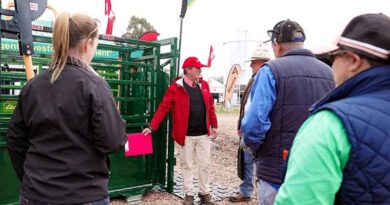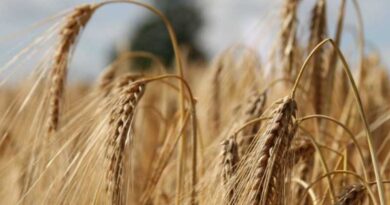Australia: Queensland growers battling Fall Army Worm infestations
13 March 2024, AU: In the midst of Queensland’s Fall Armyworm (FAW) invasion, experienced local Elders staff highlight the significant impact faced by growers, and suggest the implementation of crucial management practices.
FAW was first detected in Australia in 2020, devastating grain crops across Queensland and New South Wales. Having no prior experience with the pest, deep impacts were felt for the first 12 months of infestation.
Based at Elders Clermont, branch manager Nikolai Summersby has extensive knowledge of summer broadacre crops and a deep understanding of the impact of FAW.
While major FAW occurrences have not been seen in Central Queensland for three to four years, Nikolai says recent weather conditions have led to growing numbers causing issues for growers.
“High temperatures and humidity levels have provided the ideal breeding conditions, particularly across Central QLD and extending down through the Darling Downs,” he said.
“Sorghum is the primary target in our region, with corn being affected further south.”
Nikolai explains how FAW leave clear external signs of their presence, which should be monitored, however there is only one definitive means of detection.
“Growers should be on the lookout for signs of chewing and holes in leaves, but the only reliable way to tell if FAW is truly present is to tear the plant apart,”
“These pests conceal themselves within the plant, destroying it from the inside out.”
FAW infects different crops across the country, and treatment methods can vary based on states and climates.
“Treatment should always be provided on a case-by-case basis,” said Nikolai.
“In our region we have found that certain crops are capable of naturally overcoming the infestation, while others are worse affected and need to be sprayed multiple times.”
Maree Crawford, Elders Technical Services Manager for QLD/NT, emphasises the importance of employing a layered approach when it comes to FAW treatment.
“It’s best to use best management practices of softer chemistry, supported by biological and parasitic agents,” she said.
“We are particularly mindful of avoiding excessive chemical use due to the natural resistance they have to Emamectin. Chemistry rotation is also key to success. We also utilise long acting chemistry and other means to support the efficient targeting of these pests.
“The supporting agents we are using include biological products to reduce the feeding pattern in addition to, parasitic wasps such as Cortesea which target the eggs and young larvae.”
The region is currently facing an unprecedented invasion spanning multiple generations, presenting a new challenge especially in the later planted sorghum. This has been exacerbated due to the late start to the planting season with majority of the sorghum planted post November and December.
“We’re observing multiple generations of fall armyworm in crops ranging from new and later egg lays through to every larval stage, resulting in high infestations including whole lifecycles from moths to large L6 larvae,”
“This requires the use of tactics beyond chemical applications, hence the importance of our layered approach.”
Maree underscores the significance of consistent scouting to ensure early detection together with high water rates for spray efficacy.
“In sorghum, we’ve found that a minimum of 200 litres of water per spray is necessary to penetrate the plant’s whorl, where pests often conceal themselves,” she said.
“Within the plant’s whorl, chemical treatments prove ineffective due to a layer of their excrement known as frass.
“Consequently, the 200 litres of water is essential to dislodge the frass, enabling the chemical treatments to penetrate and take effect.”
Elders Moura Agronomist, Danielle Hogarth, has seen the serious impacts FAW is having on sorghum crops in the Dawson area.
“Humidity is playing an extremely adverse role with current infestations and causing additional issues for growers, including bacterial stem rot and increasing the lifecycle of the pest,”
These are only some of broader effects growers can expect when FAW gets hold of a crop or is left unchecked.
“I am seeing later plant sorghum is getting unprecedented population levels of FAW and the effects of this on yield is yet to be fully understood,” Danielle said.
Danielle explains that universally the key to success is assisting the growth of the plant and setting it up with good nutrition, however regular inspections are vital.
“Working with an advisor who is knowledgeable of current labels and permits can mean the difference between a manageable cost/ha scenario or a non-profitable crop outcome,” she said.
Be vigilant for the signs of infestation, and if you suspect your crop is affected by FAW, call your local Elders agronomist for an inspection and personalised treatment plan.
Also Read: Coromandel’s Gromor Drive Crosses 16,000+ acres of Drone-led Spraying
(For Latest Agriculture News & Updates, follow Krishak Jagat on Google News)

